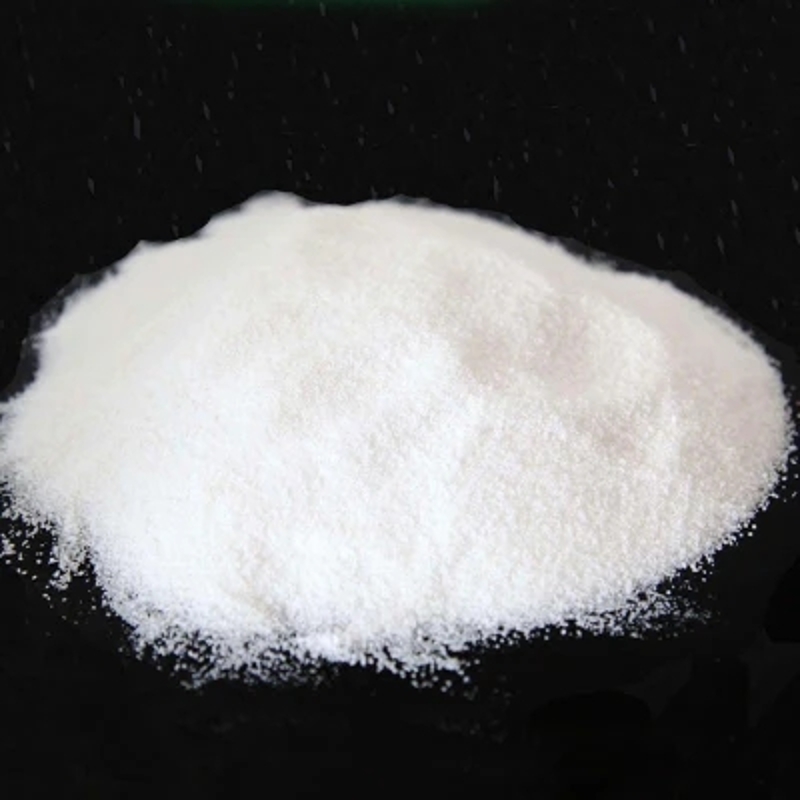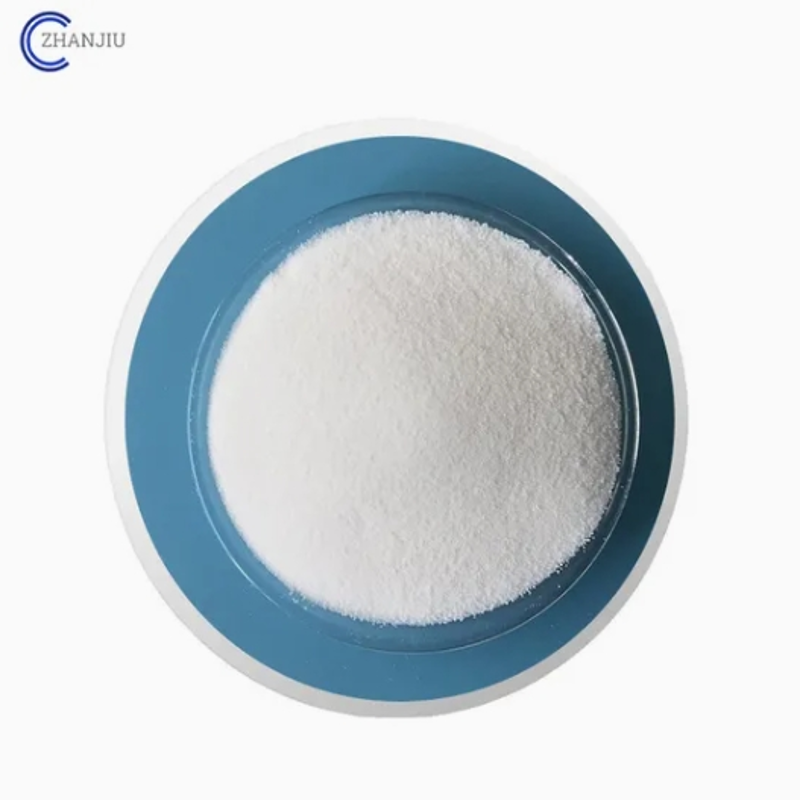-
Categories
-
Pharmaceutical Intermediates
-
Active Pharmaceutical Ingredients
-
Food Additives
- Industrial Coatings
- Agrochemicals
- Dyes and Pigments
- Surfactant
- Flavors and Fragrances
- Chemical Reagents
- Catalyst and Auxiliary
- Natural Products
- Inorganic Chemistry
-
Organic Chemistry
-
Biochemical Engineering
- Analytical Chemistry
-
Cosmetic Ingredient
- Water Treatment Chemical
-
Pharmaceutical Intermediates
Promotion
ECHEMI Mall
Wholesale
Weekly Price
Exhibition
News
-
Trade Service
Recently, the rice pest prevention and control technology innovation team of China Rice Research Institute used the rice-rice blast fungus system to analyze the mechanism of environmental humidity regulating the occurrence of rice blast, and the results showed that environmental humidity had a significant effect on the pathogenicity of rice blast bacteria and rice resistance, revealing the molecular mechanism of rice blast being more likely to occur in high humidity environment, and providing an important theoretical basis
for effective prevention and control of rice blast in response to global climate change and frequent extreme weather.
The results were published in
Plant, Cell & Environment.
for effective prevention and control of rice blast in response to global climate change and frequent extreme weather.
The results were published in
Plant, Cell & Environment.
The occurrence, development and prevalence of plant diseases depend on the comprehensive effect of pathogens, host plants and the environment, among which humidity is one of
the most critical environmental factors for the epidemic of plant diseases.
The occurrence and prevalence of various diseases such as rice blast, streak blight, rice koji disease, wheat gibberella and maize leaf spot require high humidity environment, so the analysis of the mechanism of moisture regulating pathogenic bacteria pathogenicity and crop immune response has important theoretical significance and application value
for the prevention and control of crop diseases.
Rice blast caused by rice blast fungus is one of the most serious diseases of
rice.
The conidia of rice blast bacteria spread to rice plants by wind and rain, germinated after water absorption to form important infection structure attachment cells, and the attached cells promoted the infection plugs into rice cells to differentiate to form infected hyphae, which expanded into typical rice blast spots
after about 7 days.
Field observations have found that the occurrence of rice blast is significantly related to environmental humidity, which is more likely to occur and epidemic under high humidity conditions, however, the molecular mechanism of humidity regulating the occurrence of rice blast is currently unclear
.
the most critical environmental factors for the epidemic of plant diseases.
The occurrence and prevalence of various diseases such as rice blast, streak blight, rice koji disease, wheat gibberella and maize leaf spot require high humidity environment, so the analysis of the mechanism of moisture regulating pathogenic bacteria pathogenicity and crop immune response has important theoretical significance and application value
for the prevention and control of crop diseases.
Rice blast caused by rice blast fungus is one of the most serious diseases of
rice.
The conidia of rice blast bacteria spread to rice plants by wind and rain, germinated after water absorption to form important infection structure attachment cells, and the attached cells promoted the infection plugs into rice cells to differentiate to form infected hyphae, which expanded into typical rice blast spots
after about 7 days.
Field observations have found that the occurrence of rice blast is significantly related to environmental humidity, which is more likely to occur and epidemic under high humidity conditions, however, the molecular mechanism of humidity regulating the occurrence of rice blast is currently unclear
.
Through the results of the research results, the research team found that under low humidity conditions, the conidia of rice blast bacteria could not form attachment cells, thus losing the ability to infect rice.
Under high humidity conditions, the rice blast fungus attachment cell formation was ensured and transferred to a low humidity environment, and the rice ethylene signaling pathway genes EIN2 and EIL1 were significantly induced by rice blast bacteria, which activated ethylene-mediated basal resistance and enhanced rice resistance to rice blast.
However, under high humidity conditions, the conidia of rice blast bacteria absorb water and germinate to form attachment cells, at the same time, the genes related to rice ethylene signaling pathway cannot be effectively induced and expressed by rice blast bacteria, and the basic resistance of rice is reduced, which eventually leads to rice being more susceptible to rice blast
.
Further experiments show that the application of ethephon is an effective strategy
to improve the resistance of rice to rice blast under high humidity conditions.
Under high humidity conditions, the rice blast fungus attachment cell formation was ensured and transferred to a low humidity environment, and the rice ethylene signaling pathway genes EIN2 and EIL1 were significantly induced by rice blast bacteria, which activated ethylene-mediated basal resistance and enhanced rice resistance to rice blast.
However, under high humidity conditions, the conidia of rice blast bacteria absorb water and germinate to form attachment cells, at the same time, the genes related to rice ethylene signaling pathway cannot be effectively induced and expressed by rice blast bacteria, and the basic resistance of rice is reduced, which eventually leads to rice being more susceptible to rice blast
.
Further experiments show that the application of ethephon is an effective strategy
to improve the resistance of rice to rice blast under high humidity conditions.
The research was supported
by the National Natural Science Foundation of China and the China Rice Research Institute Key R&D Program.
by the National Natural Science Foundation of China and the China Rice Research Institute Key R&D Program.
Original link:
https://onlinelibrary.
wiley.
com/doi/10.
1111/pce.
14452
wiley.
com/doi/10.
1111/pce.
14452







